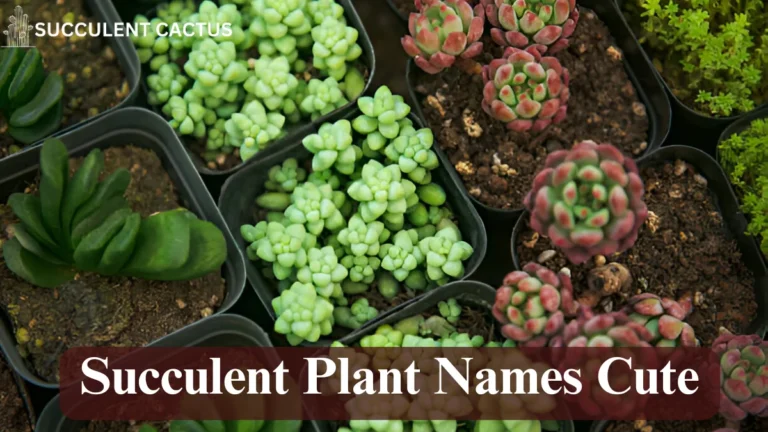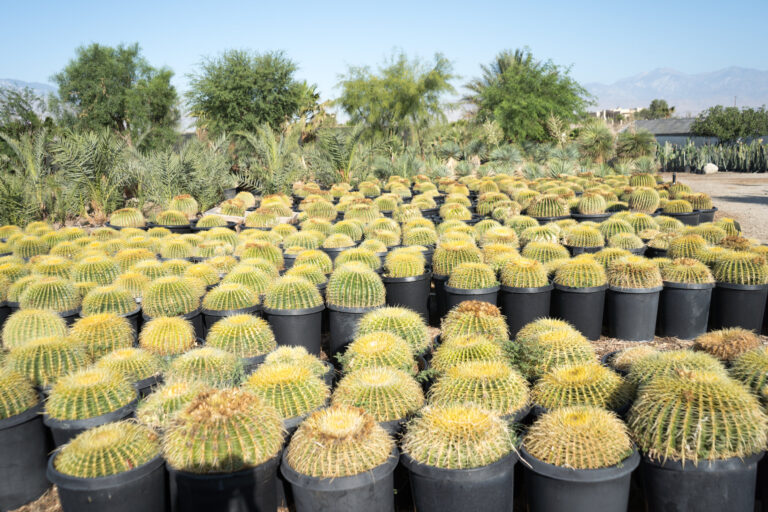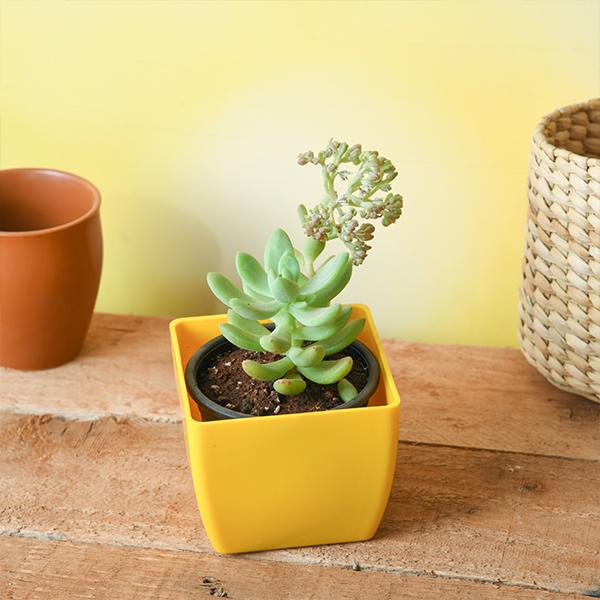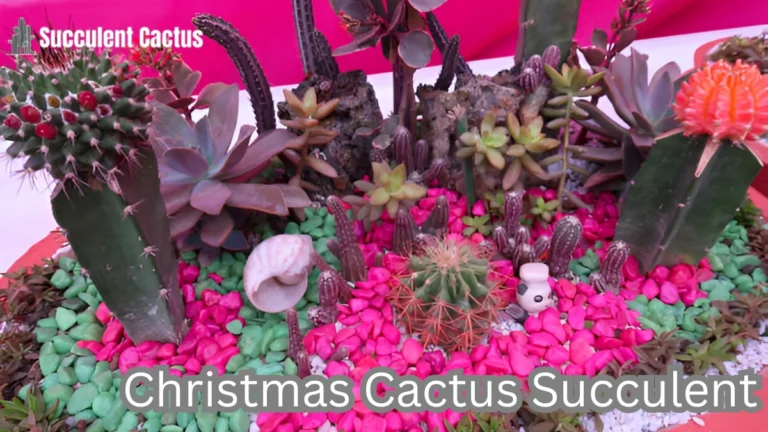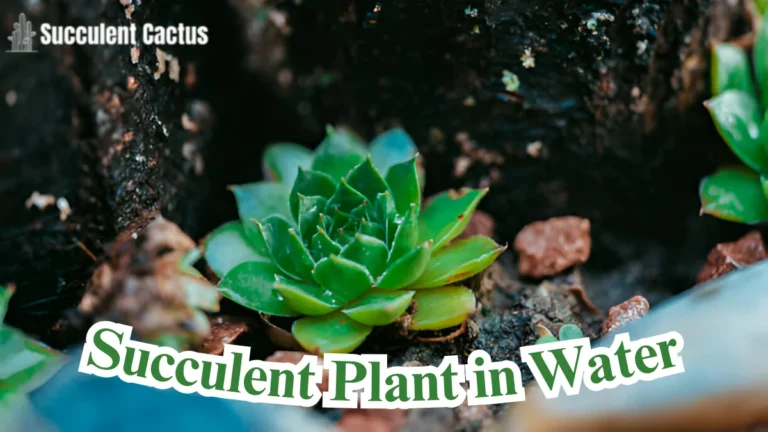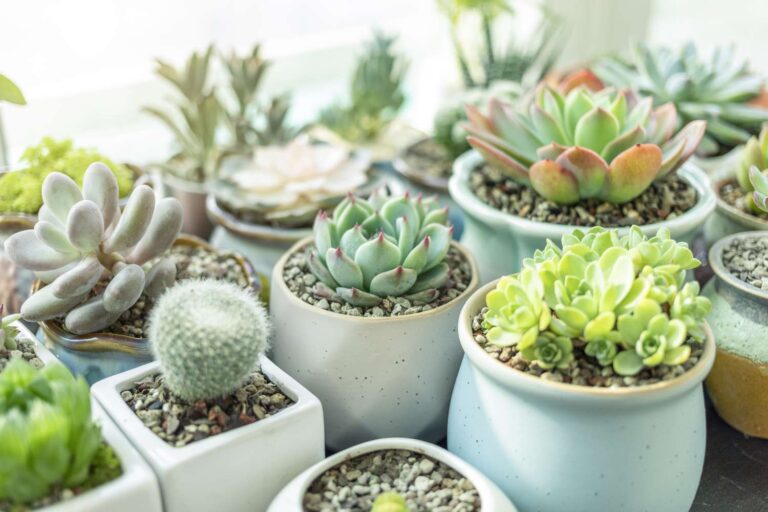Homegrown Cactus and Succulent Starter Kit: A Comprehensive Guide
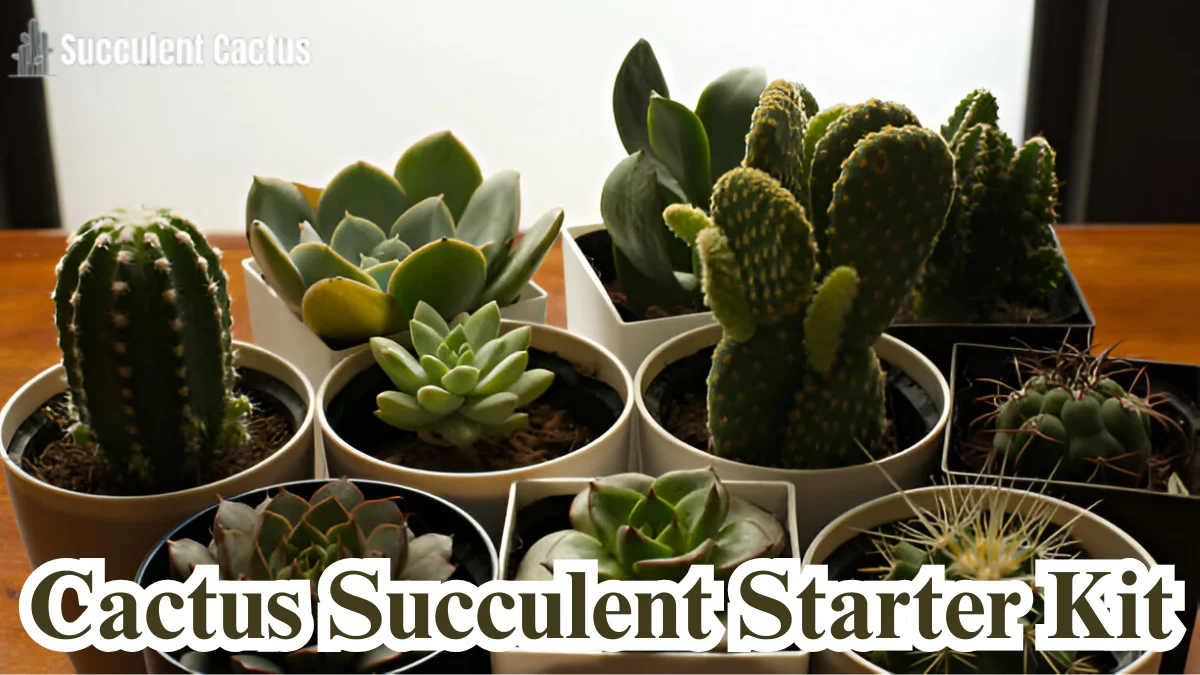
In this detailed guide, we’ll explore all aspects of a homegrown cactus and succulent starter kit and its variations, like the cactus and succulent starter kit, to help you succeed in growing and caring for these fascinating plants. From understanding what’s included in a kit to advanced care techniques, this article will cover everything you need to know in detail.
What is a Homegrown Cactus and Succulent Starter Kit?
A homegrown cactus and succulent starter kit is a beginner-friendly gardening bundle designed to simplify the process of growing succulents and cacti. Let’s break this down further.
Essential Items in a Starter Kit
The contents of a kit are carefully chosen to provide a complete gardening experience. Typically, a starter kit includes:
- Seeds or Starter Plants: Some kits come with seeds for DIY planting, while others provide ready-to-grow small plants like Jade Plants, Aloe Vera, or Echeveria.
- Specialized Soil: Succulents and cacti need fast-draining soil to prevent root rot. Starter kits include soil tailored for these plants.
- Pots with Drainage Holes: These are crucial for maintaining healthy roots by preventing waterlogging.
- Care Guide: Instructions tailored to the plants included in the kit make it easy for beginners to understand watering, lighting, and care routines.
- Decorative Accessories: Many kits come with items like stones, moss, or mini figurines to beautify your arrangement.
Why These Kits Are Perfect for Beginners
Starter kits take the guesswork out of gardening, making them ideal for those new to plant care:
- Pre-selected Items: The kits eliminate the need to research and purchase individual components.
- Step-by-Step Instructions: Clear care guidelines are provided, making it easy to succeed even if you’re inexperienced.
- Immediate Use: Many kits allow you to start planting right away.
Variations in Starter Kits
| Kit Type | What’s Included | Ideal For |
| DIY Kits | Seeds, pots, tools, and instructions | Creative individuals |
| Pre-Potted Kits | Fully-grown succulents in decorative pots | Busy gardeners |
| Subscription Boxes | Monthly delivery of new plants and tools | Enthusiasts building a collection |
Benefits of a Homegrown Cactus and Succulent Starter Kit
Investing in a cactus and succulent starter kit offers more than just a new hobby; it provides mental, environmental, and decorative benefits.
Health and Environmental Advantages
Adding succulents and cacti to your space has surprising perks:
- Air Purification: Plants like Aloe Vera filter out toxins, improving indoor air quality.
- Reduced Stress: Studies show caring for plants promotes mental well-being by reducing stress and boosting focus.
- Eco-Friendly Lifestyle: Succulents are long-lasting and replace disposable decor items, helping reduce waste.
Low Maintenance, High Reward
Succulents and cacti are perfect for those with busy schedules:
- Minimal Watering: Their water-storing capabilities make them ideal for infrequent care.
- Drought Tolerance: Forget to water? No problem—these plants can survive for weeks without hydration.
Decorative and Functional
These plants are more than just low-maintenance—they’re versatile decor elements:
- Indoor and Outdoor Use: Whether on a desk or in a garden, succulents thrive in most environments.
- Unique Shapes and Colors: From spiky cacti to soft rosettes, their diverse forms elevate any space.
Choosing the Right Cactus and Succulent Starter Kit
Not all starter kits are created equal. Here’s how to pick the best one for your needs.
Consider Your Skill Level
- Beginner: Look for a kit with pre-potted plants and simple care instructions.
- Intermediate: DIY kits with seeds and tools allow for a more hands-on experience.
- Expert: Themed or rare plant kits challenge advanced gardeners.
Budget-Friendly vs. Premium Kits
Starter kits vary widely in price:
- Budget Kits: Typically include basic plants and essential tools for around $20-$30.
- Premium Kits: Offer decorative pots, rare plant species, and accessories, priced at $50 or more.
Popular Starter Kit Brands
| Brand Name | Price | Included Plants | Features |
| Green Thumb Starter | $25 | Echeveria, Jade Plant | Beginner-friendly, includes soil |
| Succulent Paradise Kit | $50 | Aloe Vera, unique cacti species | Decorative pots, care guide |
| Bloom & Grow Subscription | $30/month | Rare succulents and cacti | Monthly delivery of plants |
Setting Up Your Starter Kit for Success
Setting up your homegrown cactus and succulent starter kit correctly ensures long-term plant health.
Preparing Your Workspace
- Clean Area: Lay out all items on a clean surface.
- Organize Tools: Keep everything—like pots, soil, and plants—within easy reach.
- Inspect Plants: Check for pests or damage before planting.
Potting Your Plants
- Drainage Layer: Add pebbles or gravel to pots to improve drainage.
- Proper Soil Placement: Use a soil mix specifically designed for succulents and cacti.
- Planting: Place the plant securely in the soil, ensuring roots are covered but not buried too deeply.
Light and Water Requirements
- Lighting: Succulents need bright, indirect sunlight. Place them near a south-facing window for best results.
- Watering: Water sparingly—once every 1-2 weeks, or when the soil is completely dry. Overwatering is a common mistake.
Creative Ways to Use Your Starter Kit
Your starter kit isn’t just for growing plants—it’s a gateway to creative gardening projects.
DIY Succulent Terrariums
- Layered Design: Use sand, soil, and decorative rocks to create a visually stunning terrarium.
- Add Figurines: Incorporate small decorations like animal figurines or fairy garden pieces for a whimsical touch.
Living Walls and Vertical Gardens
- Hanging Planters: Arrange succulents in wall-mounted planters to create vertical gardens.
- Space-Saving: Perfect for apartments or small spaces where floor area is limited.
Gift Ideas
- Personalized Kits: Create custom starter kits as gifts for friends and family.
- Themed Displays: Tailor arrangements to match holidays, like red and green succulents for Christmas.
Common Mistakes to Avoid with a Cactus and Succulent Starter Kit
While cacti and succulents are resilient, certain mistakes can hinder their growth and health. Understanding these pitfalls ensures your plants thrive.
Overwatering and Root Rot
Overwatering is the most common mistake new gardeners make with succulents.
- Signs of Overwatering: Yellowing leaves, mushy stems, and a soggy appearance.
- Preventing Root Rot: Always let the soil dry out completely between waterings. Use pots with proper drainage holes.
- Solution: If you notice signs of rot, carefully remove the plant, trim the affected roots, and repot it in fresh, dry soil.
Using the Wrong Soil
Regular potting soil doesn’t work for succulents due to its moisture retention.
- Effects of Poor Soil: Waterlogged soil leads to suffocated roots and poor growth.
- Choosing the Right Soil: Opt for succulent-specific soil mixes or create your own by combining sand, perlite, and regular soil.
- DIY Soil Mix: Mix 2 parts sand, 1 part soil, and 1 part perlite for optimal drainage.
Ignoring Light Requirements
Succulents need specific light conditions to thrive.
- Too Much Sunlight: Direct exposure can cause sunburn, resulting in brown or scorched leaves.
- Too Little Light: Plants become leggy, with stretched-out growth as they reach for sunlight.
- Optimal Placement: Place your plants in bright, indirect sunlight, such as near a south-facing window.
Advanced Care Tips for Cactus and Succulent Starter Kits
Once you’ve mastered the basics, these advanced tips will elevate your gardening skills.
Seasonal Care Adjustments
Succulents have different needs depending on the time of year.
- Summer: Increase watering slightly, as plants grow more actively in warm weather.
- Winter: Reduce watering to once a month, as growth slows during dormancy.
- Protection from Frost: If you live in a cold climate, move outdoor succulents indoors during winter months.
Fertilizing Your Succulents
While succulents don’t need frequent feeding, the right fertilizer can enhance their health.
- Best Fertilizer: Use a balanced, water-soluble fertilizer diluted to half-strength.
- When to Fertilize: Apply during the growing season (spring and summer), once every 4-6 weeks.
- Avoid Overfeeding: Excess fertilizer can burn roots and lead to weak, leggy growth.
Repotting for Growth
Repotting ensures your plants have enough space to thrive.
- When to Repot: Every 1-2 years or when roots outgrow the pot.
- Steps for Repotting:
- Carefully remove the plant from its current pot.
- Shake off excess soil and inspect roots for health.
- Place in a slightly larger pot with fresh soil.
DIY Cactus and Succulent Starter Kit Ideas
Creating your own homegrown cactus and succulent starter kit can be a fun and cost-effective project.
Gathering Materials
To make a DIY kit, you’ll need:
- Small pots with drainage holes.
- Succulent or cactus soil mix.
- Seeds or small plants like Jade, Echeveria, or Aloe Vera.
- Decorative stones or moss.
- Tools like a small spade, tweezers, and gloves.
Assembling Your Kit
- Fill the Pots: Add a drainage layer, followed by succulent soil.
- Plant the Succulents: Place each plant carefully, ensuring its roots are covered.
- Decorate: Add stones or moss around the base for a polished look.
- Add a Care Guide: Include written instructions on watering, lighting, and fertilizing.
Cost Comparison
| DIY Kit | Pre-Made Kit |
| More affordable (average $15) | More convenient (average $25-$50) |
| Customizable | Limited to what’s included |
| Requires effort | Ready to use |
Eco-Friendly Practices for Succulent and Cactus Care
Sustainability is a growing concern, and incorporating eco-friendly practices into your gardening routine makes a positive impact.
Recycling and Upcycling
- Reuse Containers: Turn jars, cans, or old pots into planters.
- Upcycled Decor: Add personality by painting or decorating recycled pots.
Water Conservation
Succulents are naturally water-efficient, but you can take it a step further:
- Collect Rainwater: Use rainwater for a chemical-free hydration option.
- Spot Watering: Target the soil rather than the leaves to avoid wasting water.
Organic Fertilizers
- Compost Tea: Use homemade compost as a natural fertilizer.
- Avoid Chemicals: Choose organic pest control methods to protect the environment and your plants.
Building a Collection with a Starter Kit
A homegrown cactus and succulent starter kit is the first step to becoming a collector.
Exploring Unique Varieties
- Rare Succulents: Hunt for plants like Lithops (living stones) or Haworthia cooperi.
- Unusual Cacti: Look for unique specimens like Fishhook Cactus or Moon Cactus.
Displaying Your Collection
- Indoor Displays: Use tiered plant stands or windowsills to showcase your plants.
- Outdoor Arrangements: Create rock gardens or raised beds for larger collections.
Joining Succulent Communities
- Online Groups: Share tips and trades on forums or social media.
- Local Clubs: Attend plant swaps or join gardening clubs to meet fellow enthusiasts.
Troubleshooting Common Problems
Even with a starter kit, issues can arise. Here’s how to handle them.
Pest Infestations
- Common Pests: Watch for mealybugs, spider mites, and aphids.
- Solutions: Remove pests manually or use insecticidal soap.
Yellowing Leaves
- Causes: Overwatering, lack of light, or nutrient deficiencies.
- Fixes: Adjust the watering schedule, move plants to a sunnier spot, or add fertilizer.
Slow Growth
- Causes: Insufficient light, poor soil, or small pots.
- Fixes: Repot with fresh soil and ensure adequate sunlight exposure.
FAQs About Cactus and Succulent Starter Kits
1. Can I use regular potting soil for my succulents? No, regular potting soil retains too much moisture. Use a fast-draining succulent mix.
2. How often should I water my succulents? Water once every 1-2 weeks, letting the soil dry out completely in between.
3. Can succulents grow indoors? Yes, as long as they receive bright, indirect sunlight or artificial grow lights.
4. Do I need to fertilize my plants? Yes, use a diluted, balanced fertilizer during the growing season for best results.
5. What’s the best way to handle pests? Remove pests with insecticidal soap or neem oil, and isolate the affected plant
Conclusion
A homegrown cactus and succulent starter kit or a cactus and succulent starter kit is a wonderful entry point for anyone looking to grow and care for these resilient plants. With the right tools, knowledge, and care, you can create a thriving collection that brings joy, beauty, and environmental benefits. Whether you’re a beginner or an experienced gardener, these kits offer endless possibilities for creativity and growth. Happy gardening!

